The Essential Guide to Social Media Security for Journalists
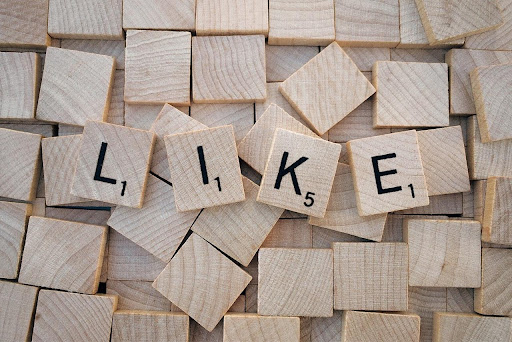
Journalism and social media are now inextricably linked.
Platforms like Twitter are useful for reporting news in real time, allowing reporters to break their own stories and build their audiences.
From entertainment to politics and beyond, there has never been a better tool for journalists to use to get their stories out to the public.
There are only a few drawbacks.
A Case for Concerns About Privacy and Security
Numerous studies have shown that journalism is one of the world’s most dangerous professions. Unfortunately, not a year goes by without a reporter being imprisoned, assaulted, kidnapped, or killed for doing nothing more than reporting the news. This threat is exacerbated by social media.
Even though social media may appear to be safe, you should be aware that what you post online can have life-threatening real-world consequences.
For example, Journalists have been unlawfully imprisoned for their online posts in Nigeria, South Africa, and the United Arab Emirates.. In many cases, it is not just what you say online that can make you a target; you can also be a target by association.
To put it another way, using social media for journalism can be challenging. Knowing how to safely navigate this online social space is thus a valuable skill to have.
Here are four social media privacy and security tips to help you stay safe while breaking news.
- Assess Your Digital Exposure
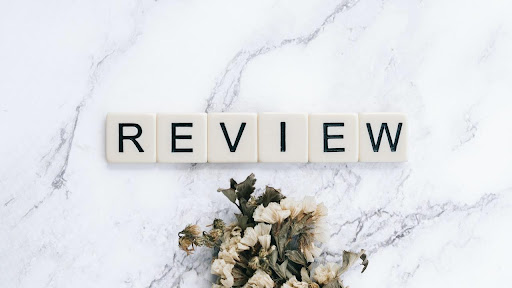
(Alt Text: “Review” Spelt With Scrabble Tiles)
You may not realize it, but it is very easy to unintentionally publish a lot of personal information online. A photograph of you with your work ID tag in the frame could be all it takes for a determined cybercriminal to figure out where you work or live.
There’s also the possibility that your personally identifiable information will end up floating around the internet as a result of a data breach into the servers of major social media networks like Facebook. We always recommend assessing your digital exposure as a first step before delving into other social media security best practices.
Begin by looking up your name on online directories and data broker sites like Spokeo and White Pages, which sell personal identifying information to threat actors. It’s worth noting that entries on data broker sites are frequently only partially visible until purchased, but you’ll be able to tell if your information is listed.
If it is, locate the site’s instructions for requesting the removal of your entry and follow them. There are also services that can assist you in cleaning up your data in these directories, such as OneRep, Deleteme, and Privacy Duck.
Pro Tip: regularly scrub your social media accounts with apps like Scrubber and Jumble, which can review and delete old posts based on specified filters. Conduct reverse image searches to ensure no photos of you have been indexed by search engines and that they do not endanger your safety.
2. Review Your Passwords
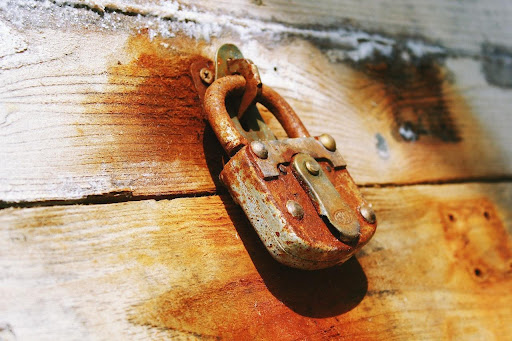
(Alt Text: Rusty Padlock On A Crate)
Having strong and complex passwords for all of your social media accounts should be a top priority because weak and easy-to-guess passwords are common vulnerabilities that cyber criminals exploit. Furthermore, there is the possibility that your passwords have already been compromised as a result of a data breach.
Even if they aren’t, updating your passwords periodically is a savvy social media security move because cybercriminals are constantly refining how they choose to exploit weaknesses in password strength.
As a best practice, reset all of your passwords, making each one a complex combination of numbers, special characters, lower and upper case letters. Also, make sure you’re not using the same password on all of your social media accounts. Please see our guide here for more information on how to create strong passwords.
For an extra layer of protection, turn on two-factor authentication (2FA) for all your social apps. Finally, get a password manager. A password manager is an app that allows you to manage and store all your passwords in one place, making it easier to keep track of and create unique and complex passwords for each of your accounts.
3. Use a VPN(Virtual Private Network)
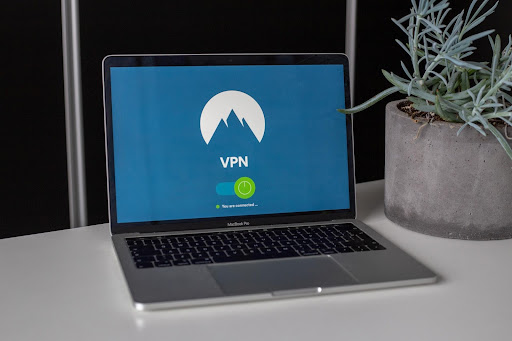
(Alt Text: MacBook Showing VPN)
A VPN is software that allows you to anonymously browse the internet by masking and encrypting key data surrounding your browsing activities, such as your IP address and location.
How? When you use the internet, your device is constantly exchanging data with other parties on the internet; VPNs create a secure tunnel for this exchange.
In other words, VPNs conceal the contents of your web traffic from third-party observers, making it more difficult to track you online. Using a VPN is a quick and simple way to improve your online safety, freedom, and privacy.
4. Tighten Your Social Media Privacy Settings
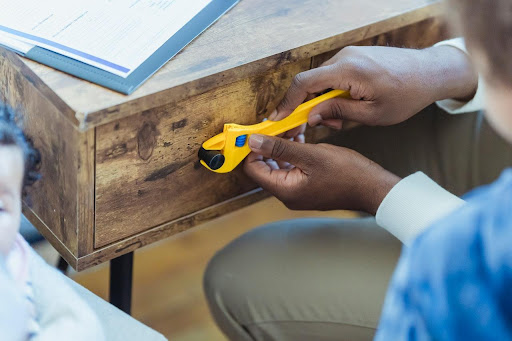
(Alt Text: Man Holding Wrench)
The goal here should be to control who has access to what information. Fortunately, the updated privacy controls on social media apps give you a lot more control.
Each of the major social media sites, such as Twitter, Facebook, Instagram, and LinkedIn, provides ways to better protect your privacy, but it is up to you to use and customize them. You have control over a number of things, including:
- Who can see your posts (past, present, and future)
- How people find and connect with you
- Your login verification methods (set up two-factor authentication)
- Request your archive data
And many more options.
Pro Tip: Avoid using Telegram and WhatsApp. Instead, use a messaging app with end-to-end encryption, preferably one that allows you to “self-destruct” or erase your messages, such as Signal.
Also, consider creating separate social media accounts for personal and work use and keep your work accounts strictly professional to protect your privacy.
Social Media Security Tips for Newsrooms

(Alt Text: Newspapers On White Table)
Newsrooms owe it to their employees to provide them with the tools they need to stay safe. As a result, it is critical that your newsroom develop an editorial policy outlining how to gather and share news safely on social media.
- When covering sensitive topics, for example, choose a team byline rather than exposing individual reporters on your team.
- Your newsroom should be willing to provide social media security tools to its reporters. These tools could include paying for services that remove employee information from data broker sites as well as a high-quality password manager.
- Consider implementing internal policies on how to protect your reporters from online harassment—for example, having a front desk procedure that warns anyone answering the phone not to reveal information, such as whether certain reporters work at the office or sifting through Twitter threats.
- If your reporter’s personal information starts circulating online, your newsroom should be prepared to contact social media platforms to request that the data be removed and to report abuse.
On Protecting Sources
- Keep their information private, and double-check the information you intend to publish to ensure you don’t give it away.
- Always blur a social media user’s profile photo, name, and user ID before publishing screenshots of social posts unless you have permission to do so.
- Always use secure communication channels to communicate with them.
Playing It Safe
Journalists who use social media add value to their news organizations while also increasing their own job security. However, you must also be proactive in how you use these tools for your safety.
Follow the advice in this article and remember that the best defense is offense when it comes to protecting your social media security and privacy as a journalist.
Got a question for us? Leave a comment below!